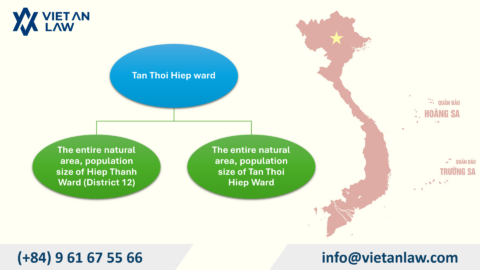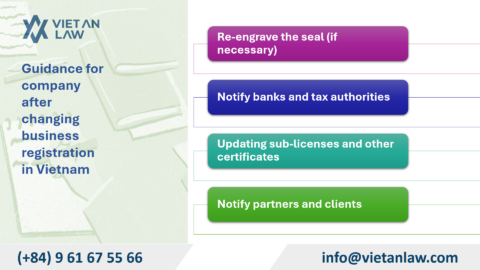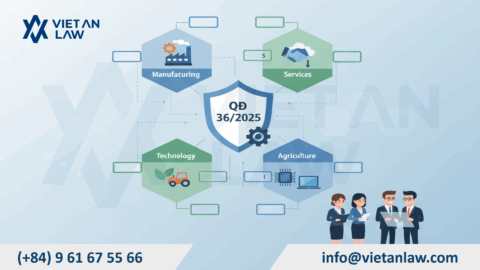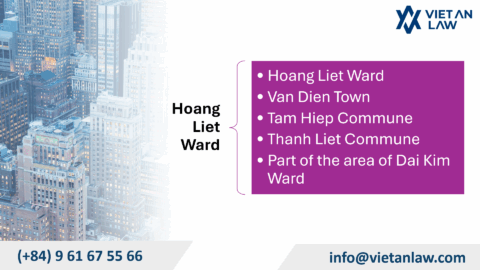An invention is one of the subjects of industrial property rights and was established based on registration according to Vietnamese laws. In other words, an invention is only protected when registered and granted a protection title certificate. To register an invention, the applicant has to submit a patent application, and one of the mandatory documents required in the patent application is the invention summary. In the article below, Viet An Law Firm will provide clients with some legal information about the Invention Summary for patent registration in Vietnam.
Table of contents
According to Article 102 of the Intellectual Property Law 2005 (as amended and supplemented in 2010, 2019, and 2023), documents identifying an invention registered for protection in an application shall include an Invention Description and an Invention Summary. Thus, the Invention Summary can be understood as a necessary document in the patent registration dossier. The Invention Summary plays an important role in providing the most basic summarized information about the invention.
Currently, the law no longer has regulations for specific guidelines or requirements about the Invention Summary when registering a patent. However, in the spirit of the previous Circular 01/2007/TT-BKHCN and based on the actual practice of patent registration, Viet An Law Firm provides some basic requirements for the invention summary when registering a patent as follows:
The invention relates to a champagne bottle stopper that increases tightness and reduces vibration during bottling. This stopper includes a hollow cylindrical portion (1) at the bottom with sealing rings (2) at the top of the hollow cylindrical portion (1), a cap (3) on top of the hollow cylindrical portion (1) with a groove (4) according to the shape of the bottleneck, and a top (5) on the stopper. It is characterized in that the sealing face (6) at the bottom of the hollow cylindrical portion (1) is hemispherical. Thus, when sealing the bottle, the pressure inside the bottle acts on the sealing face (6), flattening it and pressing the bottom of the hollow cylindrical portion (1) tightly against the inner wall of the bottleneck.
Attached is an image of the cross-section of the champagne bottle stopper according to the invention.
The invention relates to a gold-based alloy containing silver and gallium, characterized by its aim to improve the physical and technological properties of the alloy. This alloy has the following mass composition (% weight):
The invention proposes a method for protecting agricultural soil and plants with insecticides with aiming to save insecticides and reduce environmental pollution. This method includes the following steps: Applying insecticides to a film and covering this film over the agricultural soil and plants.
Before submitting a patent application, individuals/organizations should pay attention to the following issues to avoid the competent authority refusing to accept the application and to save time, money, and human resources.
Currently, according to Article 58 of the Intellectual Property Law 2005 (as amended and supplemented in 2010, 2019, and 2023), inventions are protected in two forms: The grant of an Invention Patent or a Utility Solution Patent.
Therefore, the applicant needs to determine whether the registration subject is a technical solution to request patent protection in the form of an Invention Patent or a Utility Solution Patent.
According to Article 58 of the Intellectual Property Law 2005 (as amended and supplemented in 2010, 2019, and 2023), a patent is only protected when it meets the conditions listed in this article, specifically:
Additionally, the applicant has to determine whether the intended registration subject falls under the category of ineligible objects for protection as inventions to avoid having the application returned by the competent authority due to unprotected cases, which would waste time and money on preparing and submitting the application. Ineligible objects for protection as inventions include:
According to Article 119 of the Intellectual Property Law 2005 (as amended and supplemented in 2010, 2019, and 2023), after receiving a patent application, the National Office of Intellectual Property will examine the application as follows:
Additionally, in the case of a re-examination, the time limit for re-examination shall be equal to two-thirds of the time limit for the initial examination, and may, in complicated cases, be extended but must not exceed the time limit for the initial examination.
Thus, the time limit for processing the patent registration procedure can extend up to 19 months or longer, depending on specific cases. In practice, most cases require amendments to the application, and this time is not counted in the application processing time, resulting in a generally lengthy duration.
Clients who have related questions or need legal support for Invention Summary for patent registration in Vietnam, please contact Viet An Law Firm for the best support!
Update: 8/2024




